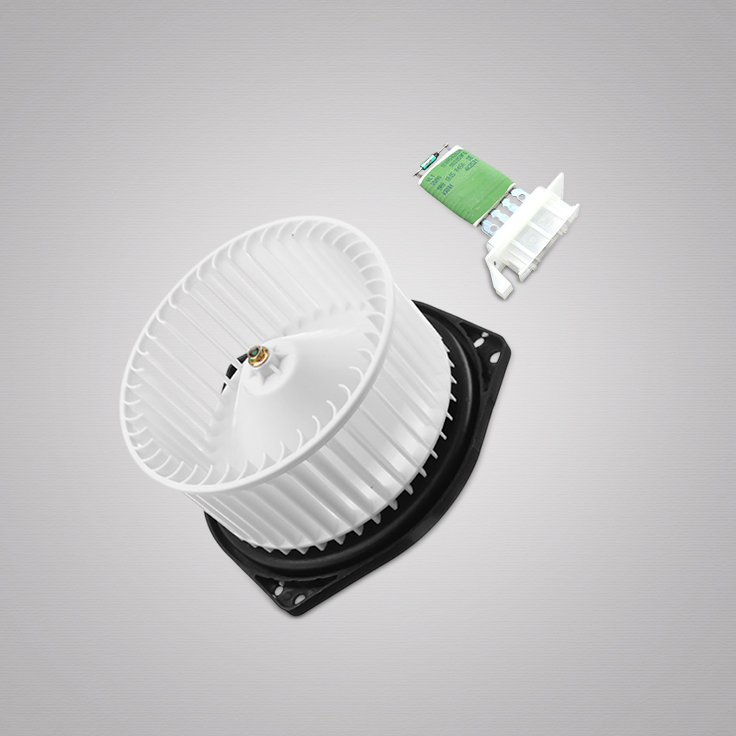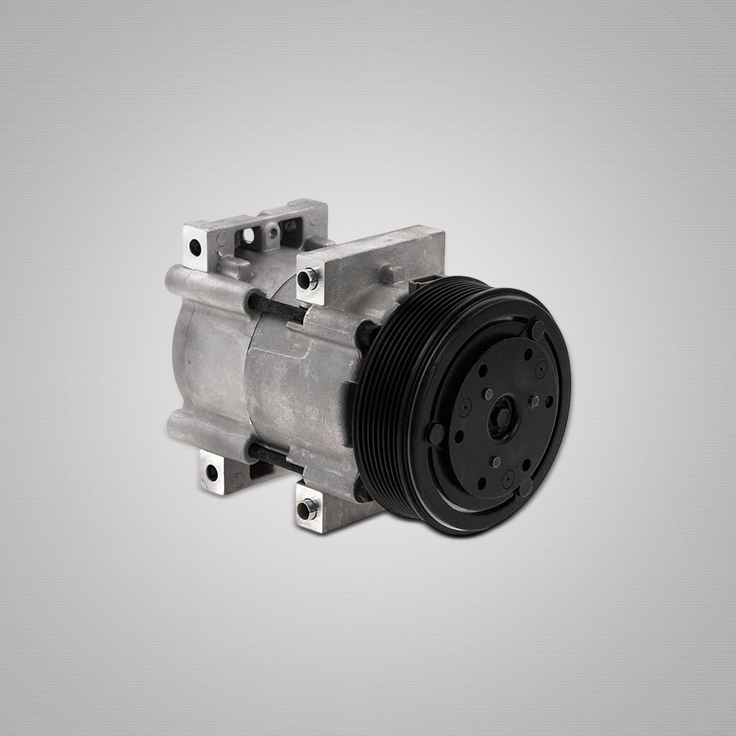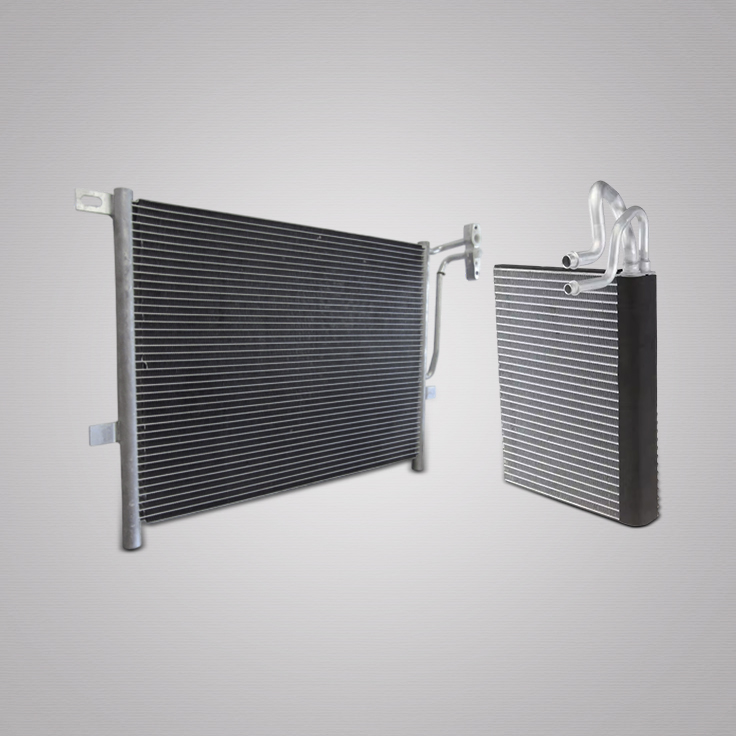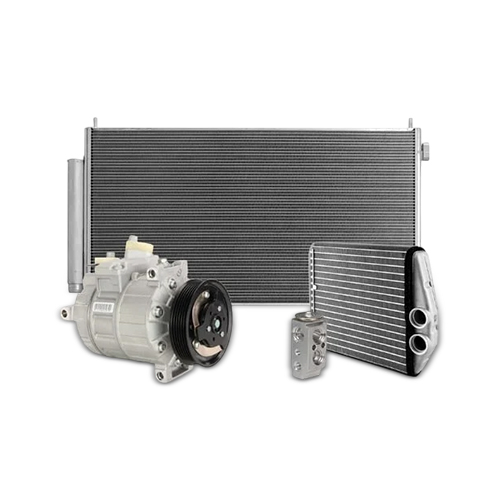The car air conditioning (AC) system is designed to cool and dehumidify the air inside the vehicle cabin, providing comfort to passengers. It works based on a refrigeration cycle that involves several key components:
1. Compressor: The compressor is the heart of the AC system. It pressurizes the refrigerant gas and circulates it through the system.
2. Condenser: The high-pressure refrigerant gas flows into the condenser, where it is cooled down and changes into a high-pressure liquid.
3. Expansion Valve: This component controls the flow of refrigerant into the evaporator. As the refrigerant passes through it, it expands and cools rapidly.
4. Evaporator: The cooled refrigerant enters the evaporator, where it absorbs heat from the cabin air, causing the air to cool down. The evaporator’s coil gets cold, and air is blown through it, cooling the cabin.
5. Refrigerant: The refrigerant is the substance that absorbs and releases heat to cool the air. Modern systems typically use a refrigerant called R-134a or R-1234yf (in newer cars), which is less harmful to the environment than older refrigerants like R-12.
6. Blower Motor: The blower motor pushes air through the evaporator and into the cabin. It is adjustable for different fan speeds.
7. Cabin Air Filter: This filter removes dust, pollen, and other contaminants from the air before it enters the cabin.
Issues like low refrigerant, faulty compressors, clogged filters, or leaks can cause the AC system to perform poorly or fail. Regular maintenance helps ensure the system operates efficiently.




